- About us
- Support the Gallery
- Venue hire
- Publications
- Research library
- Organisation chart
- Employment
- Contact us
- Make a booking
- Onsite programs
- Online programs
- School visit information
- Learning resources
- Little Darlings
- Professional learning
Thomas Henry Huxley (1825–1895) travelled to Australia as a member of the expedition conducted by Owen Stanley on HMS Rattlesnake between 1846 and 1850. Huxley became interested in science in his teens and in the 1830s undertook a medical apprenticeship, studying anatomy, surgery and botany at Sydenham College from 1841. He then won a scholarship to the Charing Cross Hospital; in 1845 was awarded a gold medal for anatomy and physiology, but, his scholarship now expired, was unable to complete his degree. He joined the navy in 1846 and later that year he was appointed assistant surgeon and naturalist to the Rattlesnake voyage, which was tasked with surveying a safe route through the Great Barrier Reef. The expedition took him to Sydney, Port Phillip, Van Diemen’s Land, the Darling Downs, Brisbane, Cape York, Port Essington and New Guinea, stimulating Huxley’s interest in anthropology and his research into hydrozoa, molluscs, sea urchins and sea butterflies. Elected a fellow of the Royal Society at age 26, Huxley subsequently held professorships at institutions including the Royal School of Mines and the Royal College of Surgeons. He was one of Charles Darwin’s staunchest supporters during the furore that followed the publication of On the Origin of Species in 1859 and wrote a number of papers supporting Darwin’s theories. His numerous awards included the Wollaston Medal of the Geological Society (1876); the Linnean Medal (1890); and the Copley Medal (1888), the Royal Society’s highest honour.
Purchased 2015



On one level The Companion talks about the most famous and frontline Australians, but on another it tells us about ourselves.

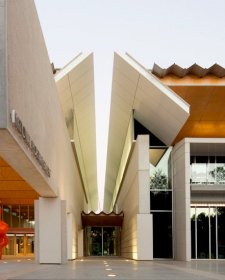
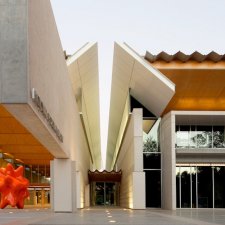
Visit us, learn with us, support us or work with us! Here’s a range of information about planning your visit, our history and more!
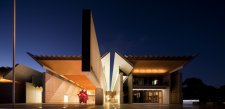
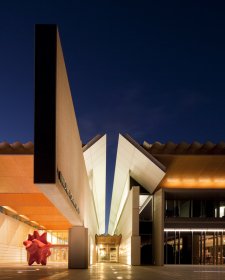
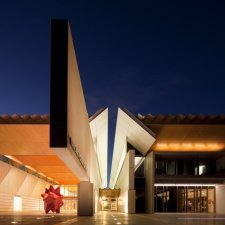
We depend on your support to keep creating our programs, exhibitions, publications and building the amazing portrait collection!